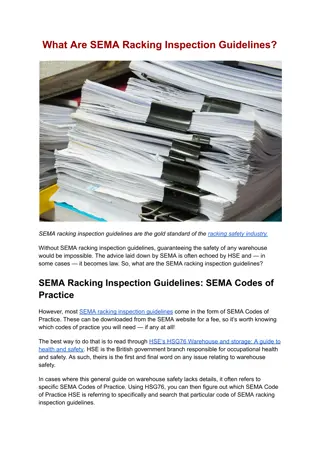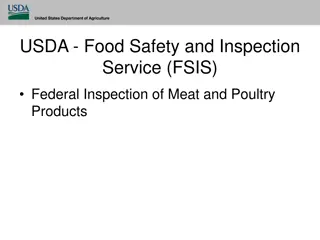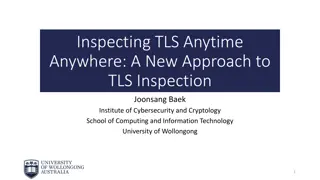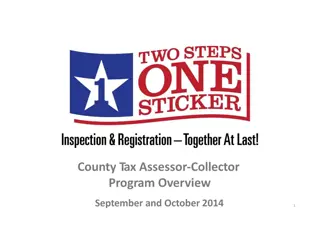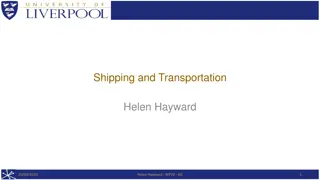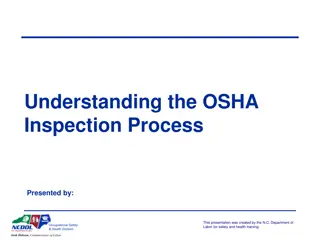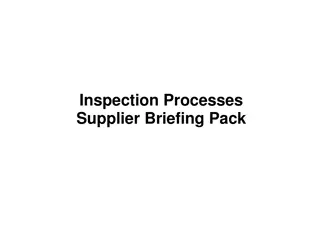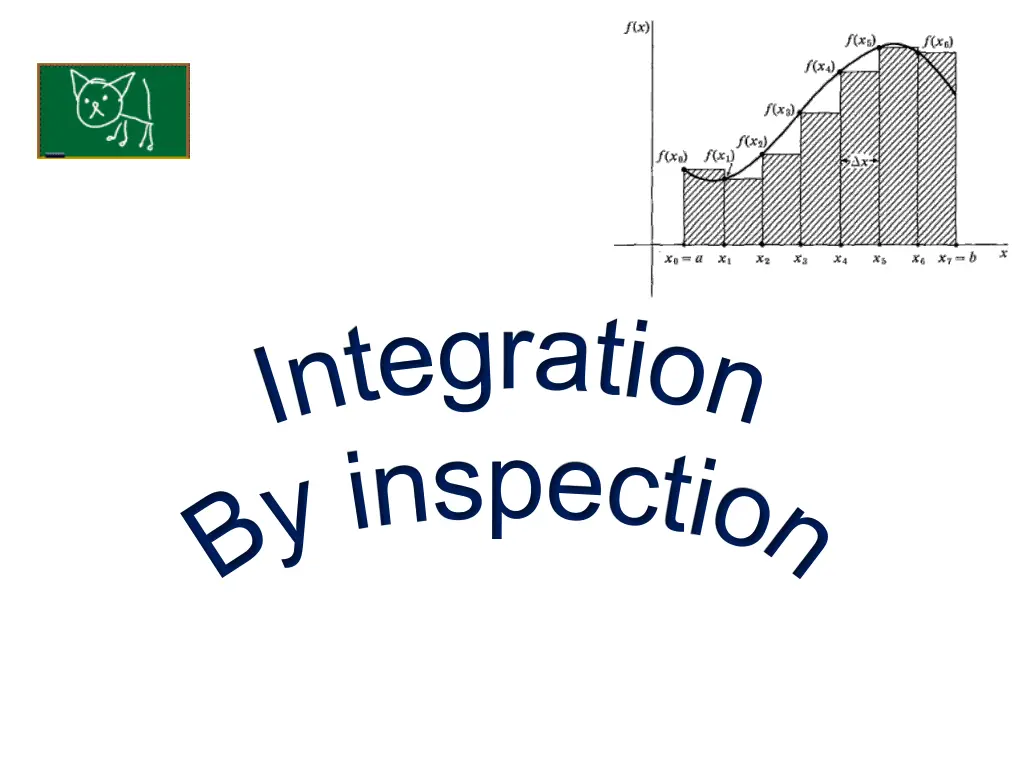
Advanced Integration Techniques and Examples
Explore advanced integration methods, such as integration by inspection, standard function integration, and finding definite integrals. Dive into differentiation results, chain rules, and calculating various integrals step by step. Enhance your understanding of integration theory and practice with detailed explanations and examples.
Download Presentation

Please find below an Image/Link to download the presentation.
The content on the website is provided AS IS for your information and personal use only. It may not be sold, licensed, or shared on other websites without obtaining consent from the author. If you encounter any issues during the download, it is possible that the publisher has removed the file from their server.
You are allowed to download the files provided on this website for personal or commercial use, subject to the condition that they are used lawfully. All files are the property of their respective owners.
The content on the website is provided AS IS for your information and personal use only. It may not be sold, licensed, or shared on other websites without obtaining consent from the author.
E N D
Presentation Transcript
Integration By inspection
Integration by Inspection BAT Integrate using standard results from differentiation BAT Integrate using the reverse of the chain rule KUS objectives Starter: True or False Integration is the reverse process of Differentiation Integration does not give a unique answer A definite Integral finds the area under a graph between the function, and bounds a and b on the x-axis
WB1integrate standard functions You met the following in differentiation: ?? ??= ? ?? 1 a) ? = ?? ?? ??= e) ? = ?? ?? ?? ??= 4(1 + ?)3 b) ? = (1 + ?)4 ?? ??= 1 ? f) ? = ln? c) ? = (3? + 2)4 g) ? =?3?+2 ?? ??= ?? ??= 12(3? + 2)3 3?3?+2 1 12(3? + 2)4 h) ? = ln(3? + 2) d) ? = 3 ?? ??= ?? ??= (3? + 2)3 3? + 2
Therefore, you already can deduce the following WB 1b 1 12(3? + 2)4 d) ? = 1 12(3? + 2)4+ C (3? + 2)3?? = ?? ??= (3? + 2)3 3 ) ? = ln(3? + 2) 3? + 2?? = ln (3x + 2) + C ?? ??= 3 3? + 2
WB 2aFind the following Integrals a) 2? + 44?? b) 18 4? 58?? c) 21 3? + 36?? a) Think of ? ??2? + 45 by chain rule = 10 2? + 44 As this is 10 times what we want, we need to divide our guess by 10 1 2? + 44?? = 102? + 45+ ?
WB 2bcFind the following Integrals a) 2? + 44?? b) 18 4? 58?? c) 21 3? + 36?? b) Think of ? ??4? 59 by chain rule = 36 4? 58 1 24? 59+ ? 18 4? 58?? = c) Think of ? ??3? + 37 by chain rule = 21 3? + 36 3? + 37+? 21 3? + 36?? =
WB3abyou can also deduce the following g) ? =?3?+2 ?) ?3?+2?? =1 3?3?+2+ C ?? ??=3?3?+2 =1 4?4?+1+ C b) ?4?+1 ??
WB3cd Find the following Integrals c) 1 d) 2 3?6? 5 ?? 3?9?+2 ?? 3?6? 5 ?? =1 ?) 1 3?3?+2+ C 3?9?+2 ??=1 d) 2 4?4?+1+ C
These answers illustrate a rule: Notes ?4?+1?? 2? + 44?? =1 1 4?4?+1 102? + 45 = 1) Integrate the function using what you know from differentiation 2) Divide by the coefficient of x 3) Simplify if possible and add C This technique will only work for linear transformations of functions such as f(ax + b)
KUS objectives BAT Integrate using standard results from differentiation BAT Integrate using the reverse of the chain rule self-assess One thing learned is One thing to improve is



